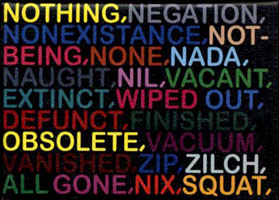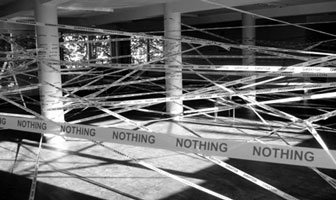I started the semester being interested in stuff like Found Art, Camera Less photography, Light Art, Cymatics, Music Visualisation, Photomicrography, Direct Filmmaking ...
At the same time I was interested in experiment with raw materials and techniques (assemblage, stitching, heat transfer techniques like foiling, flocking, photo transfer and fusing), putting special attention in recycled materials.
Something else I wanted to develop is painting from close-up photography from a last year protect as well as a large sketchbook just for architectonical drawings.
I ended up doing two paintings from close-up photography, one finished general sketchbook, one architectural sketchbook, two mixed media paintings (yellowish and string one), one painting playing with shadows and a found objects sculpture.
I feel my drawing has improved steadily.
My painting skills have definitely improved, I've tried using new materials to create relief, as for instance on the purple painting. There I've used strings, impasto gel and a piece of scrap plastic.
I feel much more confident colour mixing and using acrylics as well as inks. Also I've used photo transfer techniques as the one on the yellow and brown painting and shadow techniques using very liquid paint (yellow and purple painting), collage and mixed materials.
Something that has helped me to better up my composition skills is my general sketchbooks and the architectural sketchbook.
My drawing skills have also improved because I have become more spontaneous. I used to be very concerned with detail. I have learned to start without thinking too hard about how it will look. This attitude has freed up my drawing. At the start it looked 'crap' but I can see I have progressed.
I've started to think on my sketchbooks as ends in themselves or as an investigative tool rather than for brainstorming for further works. On them I've mixed textured material, with collages and drawing to develop visual language.
I don't think I've improved very much my sculpture skills because I've just done one, but I feel that by doing it I've opened a new door on my artwork. One of the reasons of my limited work on sculpture is because I just want to use found and recycled materials as an statement, and I've found out that this is not easy at all basically because you have to either adapt your ideas to your resources without loosing the essence of the original idea or wait longer until you find the ideal material.
This situation plus the lack of space to accumulate scrap materials makes this technique harder. Even though I still want to follow working on this sculptural style / technique.
This situation plus the lack of space to accumulate scrap materials makes this technique harder. Even though I still want to follow working on this sculptural style / technique.
I've researched a large amount of artists, some of them are Krijn de Koning, Cullen Washington Jr., John Bock, Thomas Hirschhorn, Mary Bauermeister, Louise Nevelson, Joseph Cornell, Tony Cragg, Laura Lima, Jesse Darling, Przemek Pyszczek, Martin Soro Climent, Wendell Dyston, Christian Maychack, Zak Ove, Anton Alvarez, Willy Ramos, Richard Galpin, Lee Hun Chung, Peter Saul, Edward Kienholz, Zhang Xiaotao, Alison Mosshart and Vinz Feel Free among others. I've enjoyed researching unknown artists instead of mainstream ones and I've discovered that as a rule I find the unknown ones more interesting.
However I've become specially interested on Ashkan Honarvar, Ohad Meromi, Maria Nepomuceno and Robert Hudson because their artwork is similar to mine.
Some of the categories / art styles / themes that I've been researching are Contemporary Conceptualism, Design, Minimalism, Prints, Emerging Art, Modern / Impressionist Art, Graffiti/ Street Art, Photography, Biomorphic, Anthropomorphism, Humour, Contemporary Surrealistic, Implied Narrative, Text, Obsolescence, Political, Splattered / Dripped, Mortality, Erotic, Passage, Line , form & colour, Pittura Metafisica, Primary Abstraction, Hard-edged, Linear form, Textile Arts, Tangled forms ...
Nevertheless, the most interesting and useful ones are Architecture, Arte Povera, Art Brut, Close-up, Funk Art, Open form Sculpture, Polychrome Sculpture, Patterns, Wall Sculpture and installation, Found Objects, Photographic source, Recycled, Photographs of surfaces, Altered and substituted canvas, Large brushstrokes/ loose brushwork, Heavily layered painting, Impasto, Maps / Networks, Institutional critique, Grotesque, provocative, DADA, Work on paper, collage, Mixed-Media and Assemblage because are more related to my work.
To sum up I think I've progressed quite a lot on my composition skills through all my work but the sculpture.
For the following semester I want to keep experimenting on my sketchbooks as finished artworks themselves and start creating sculptures with the scrap I've already collected while keep collecting objects for new sculptures. Something I have in mind to start with is to empty a big TV that somebody as already offered to me and create a surrealist scenario inside by placing recycled materials.

























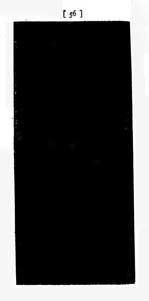
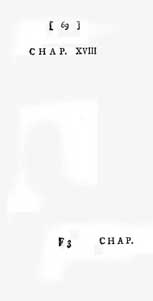
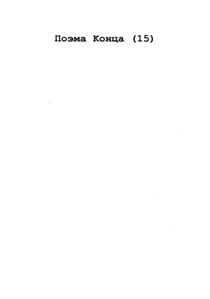
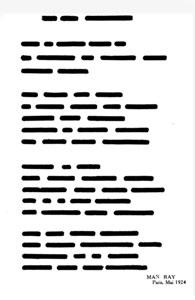
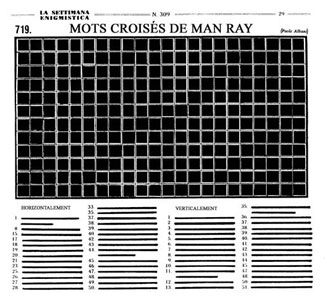
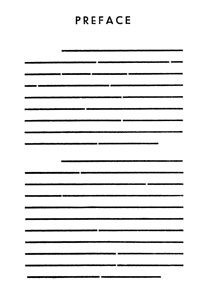
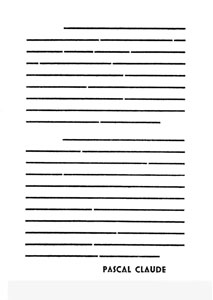
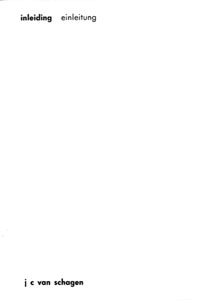
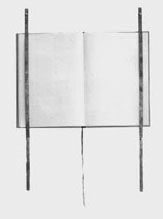
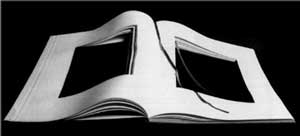
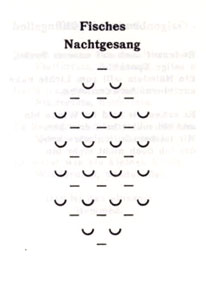
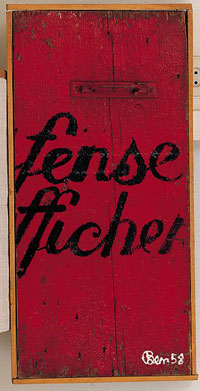
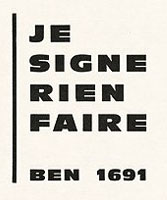
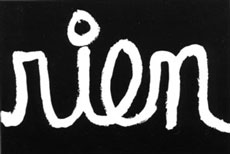
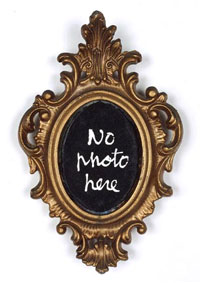
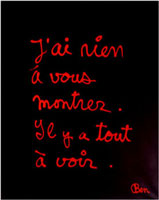
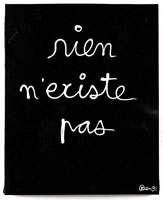
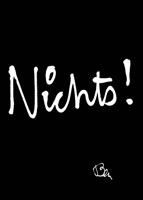
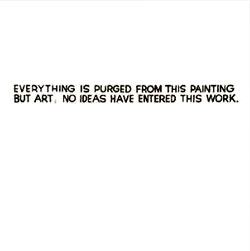
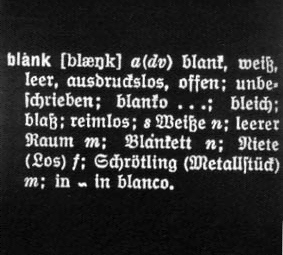
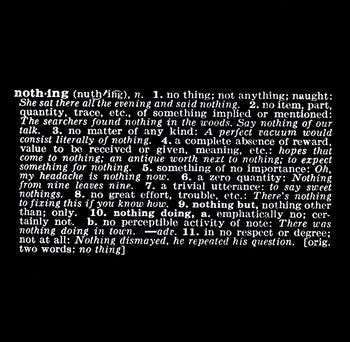
-s.jpg)

